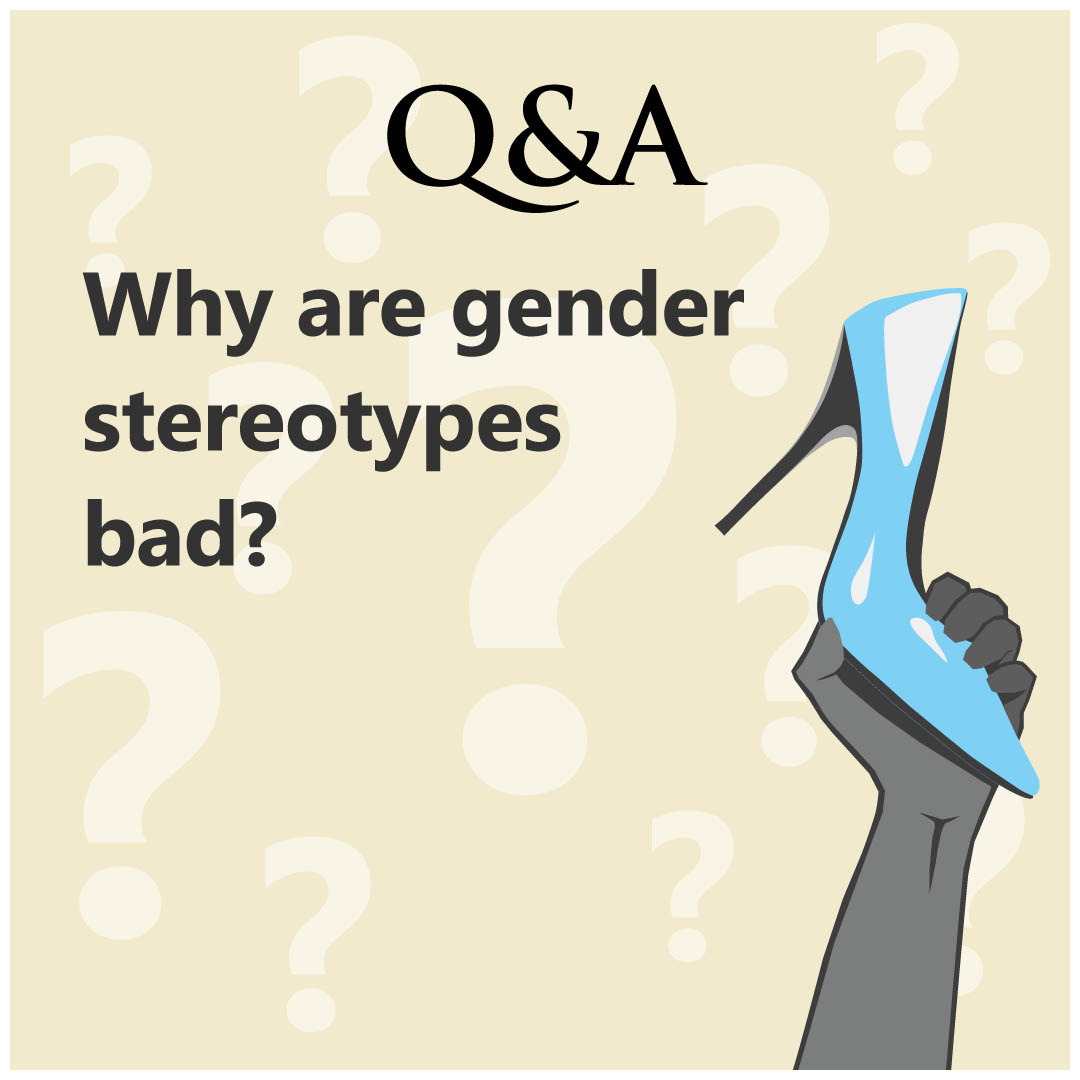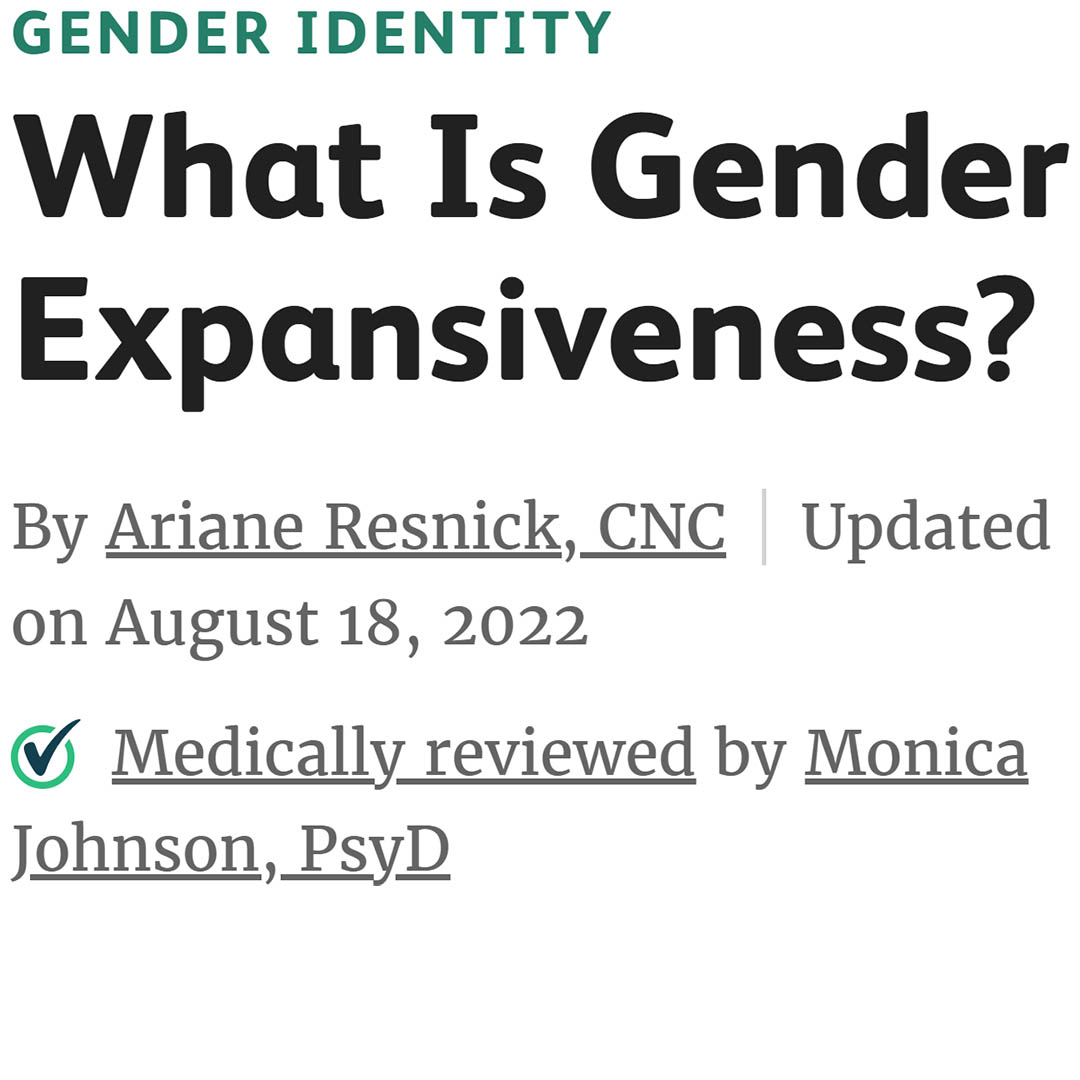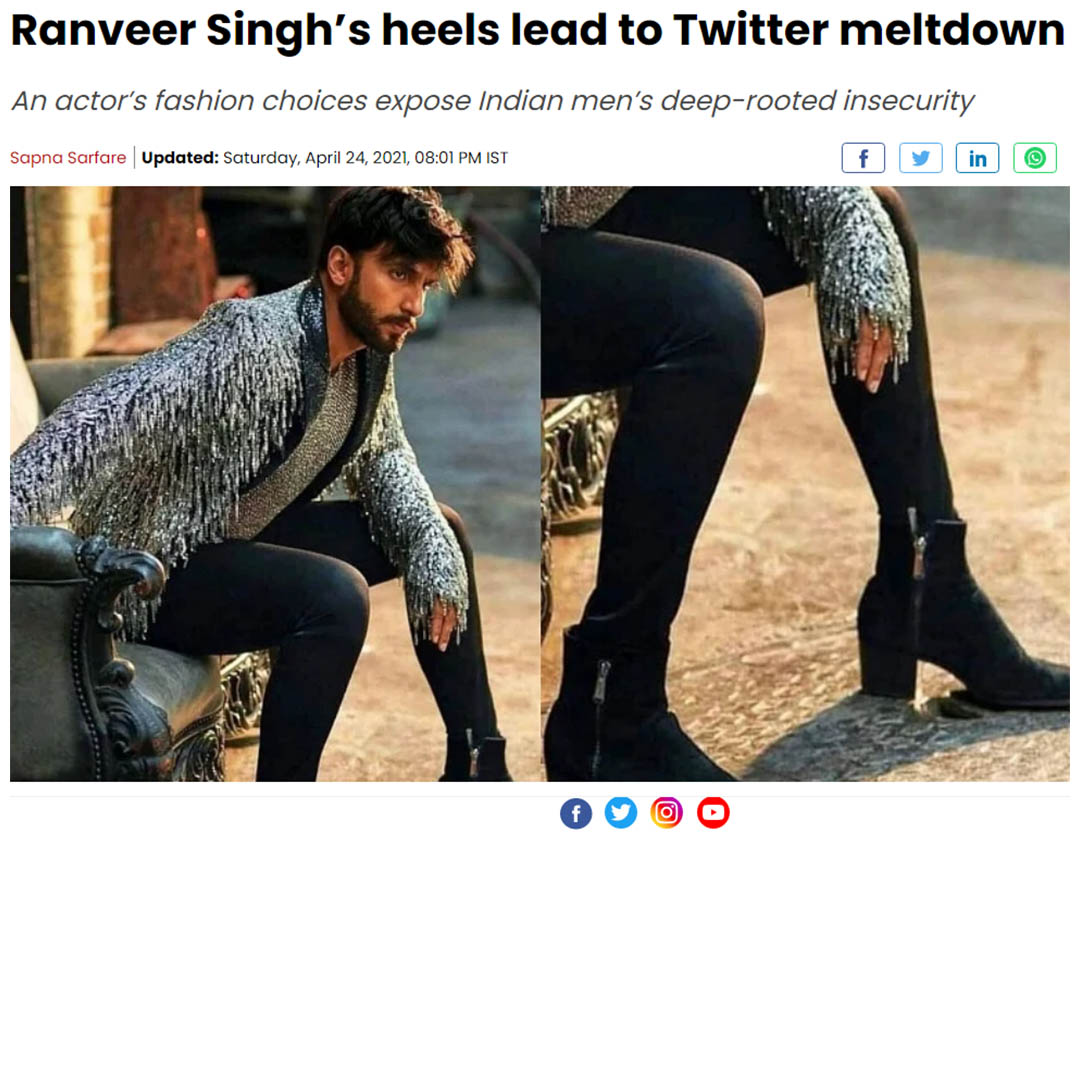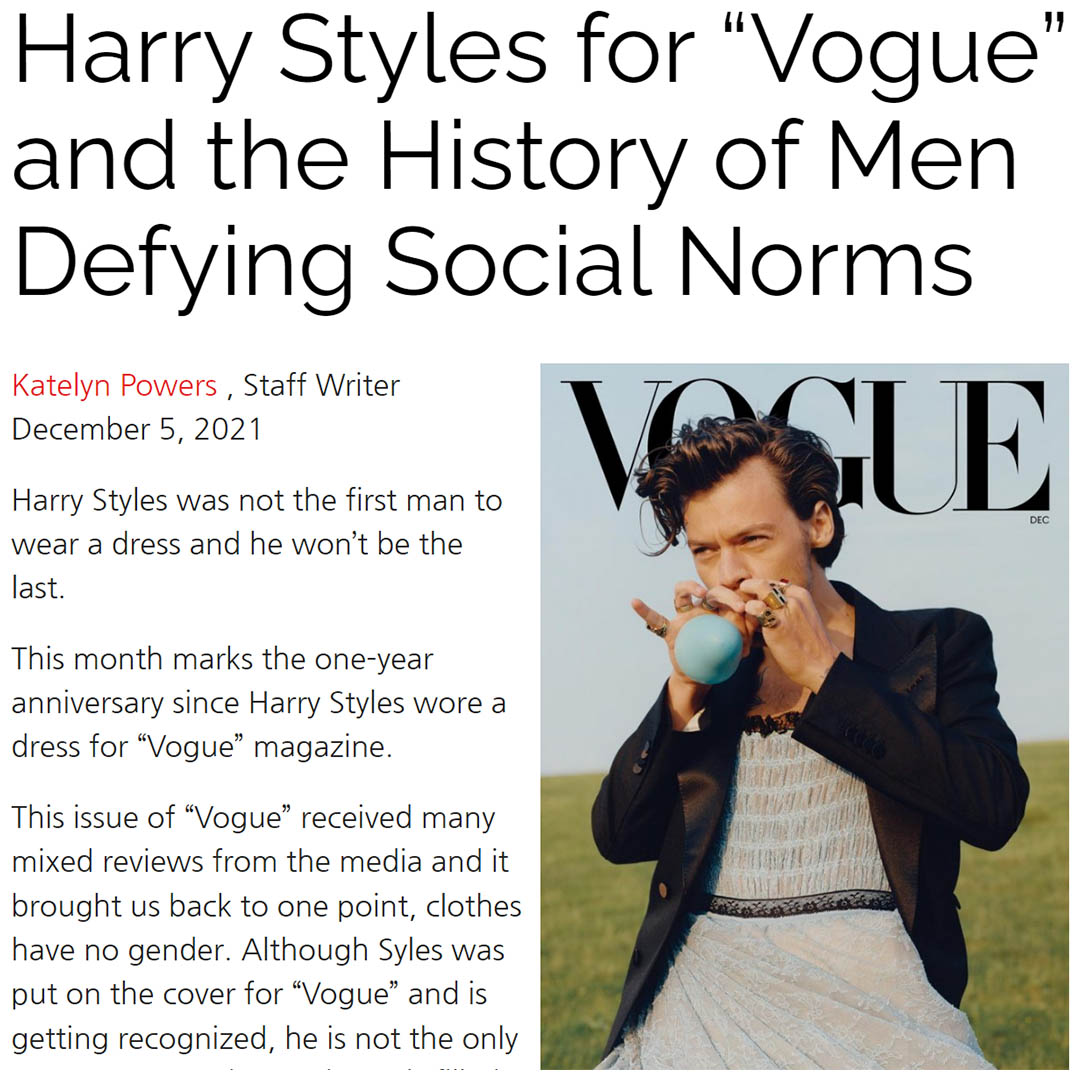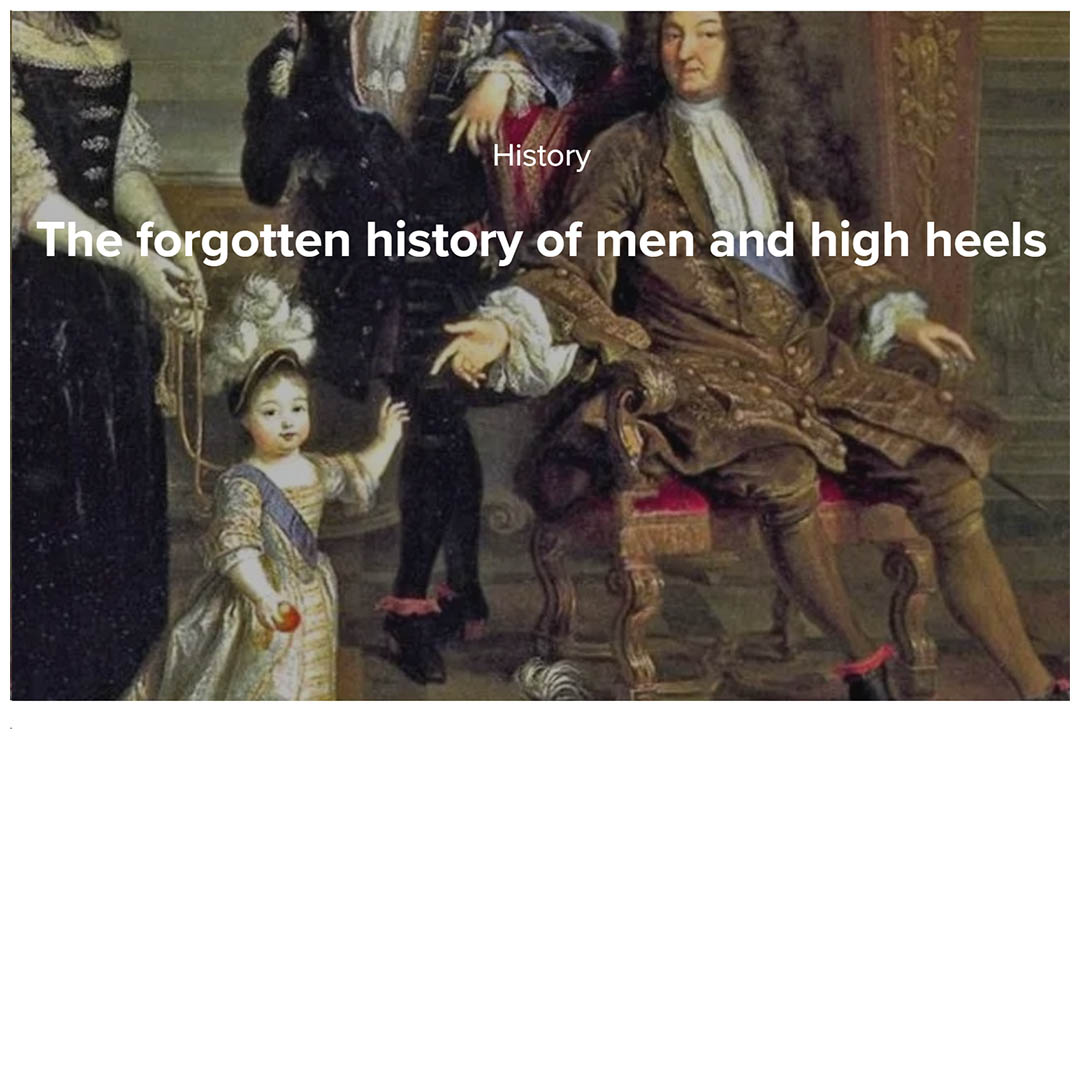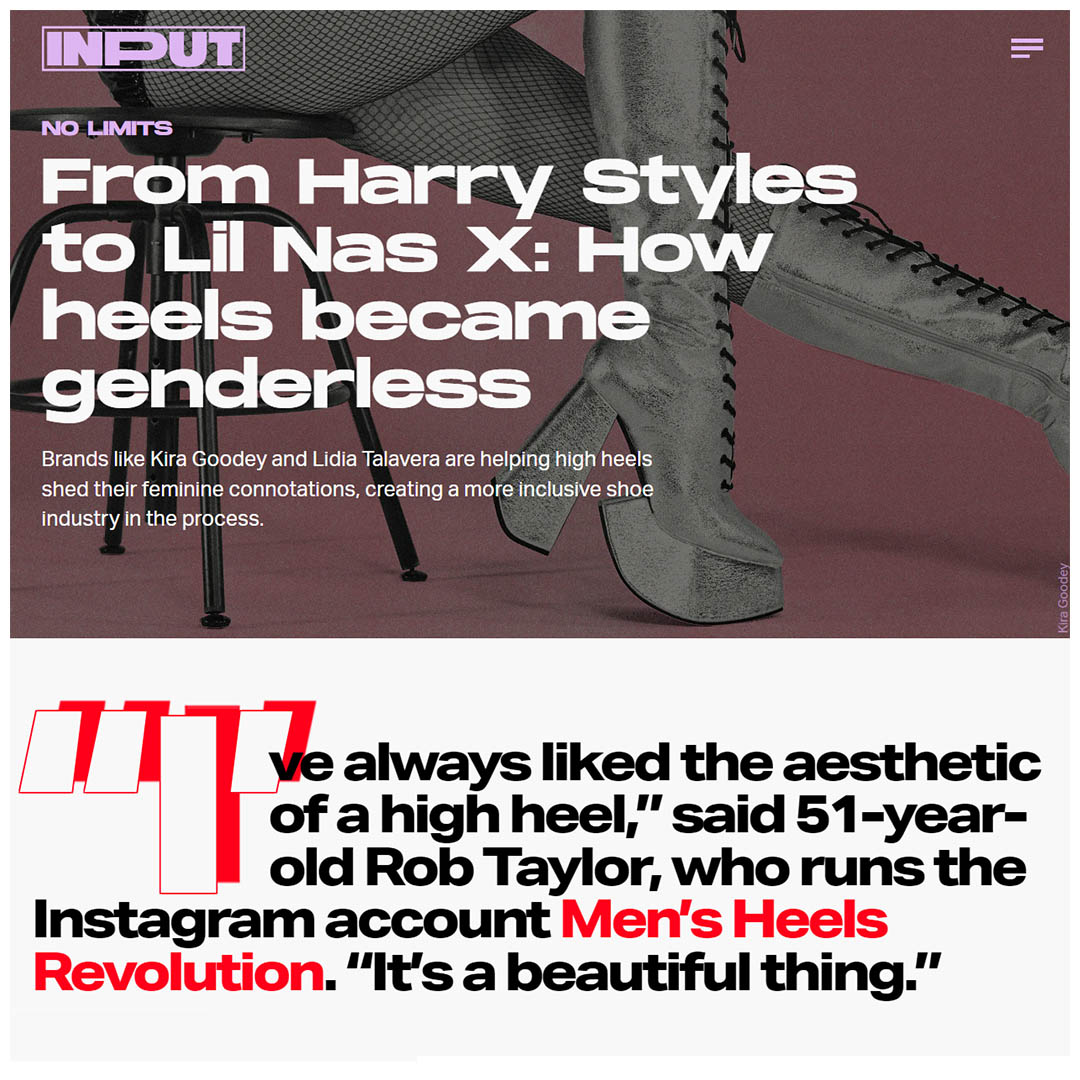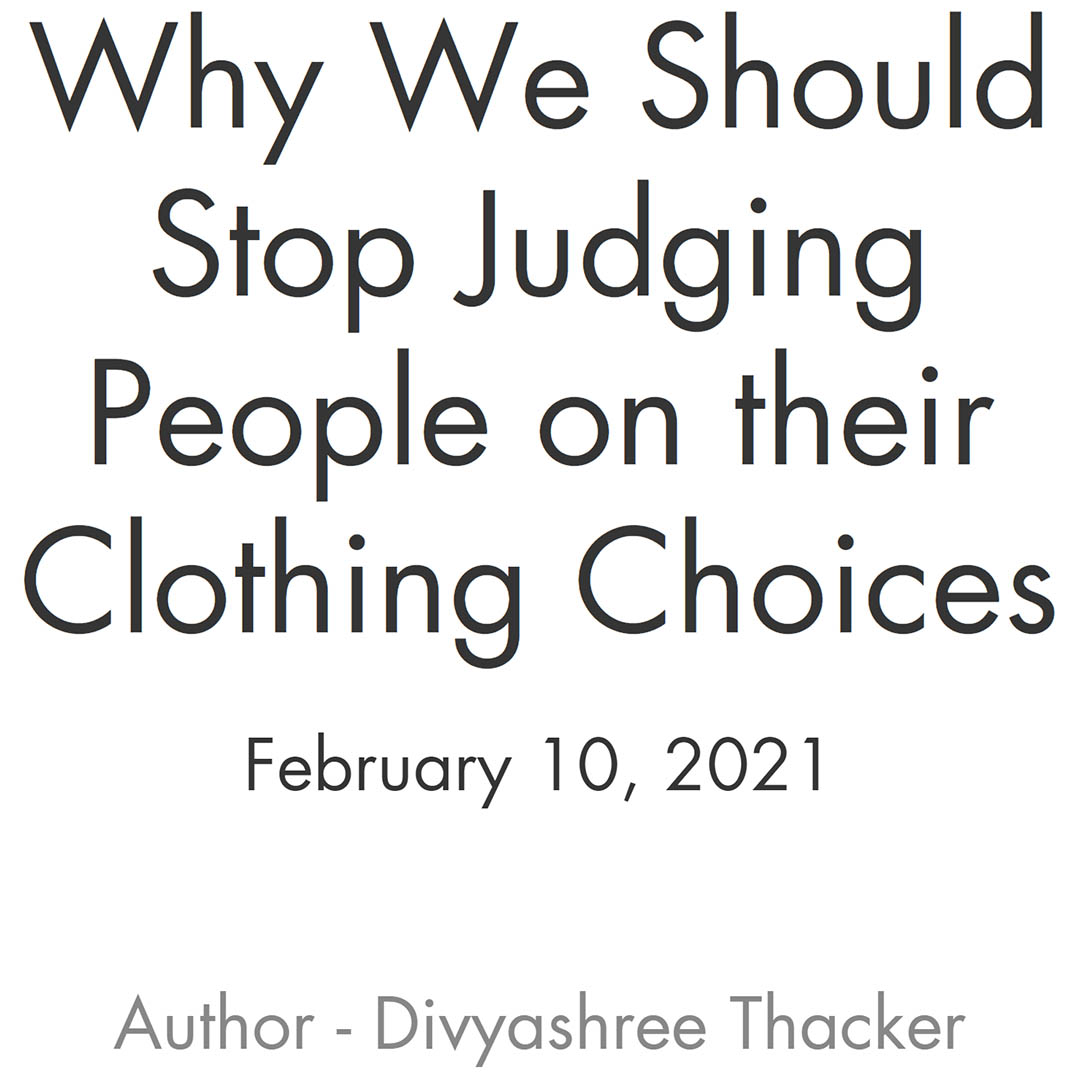Articles tagged with "Social Norms"
Why are gender stereotypes bad?
A gender stereotype is defined as an overgeneralisation of characteristics, differences and attributes of a certain group based on their gender. Typically this is most widely understood in the context of the gender binary of men and women. For example, women are often portrayed as being emotional, caring, nurturing and in need of protection. Men are often characterised as being leaders, rational, career driven and strong. However, a gender stereotype is harmful when it limits the group’s capacity to develop their personal abilities, pursue professional careers and/or make choices about their lives.
Other examples are where assertive women are called “bitches” and “whores”, while men who don’t appear or act masculine are called “sissies” or “wimps” or assumed to be gay, which is a very offensive stereotype in the LGBTQIA+ community.
Gender stereotypes are complex and originate from local culture and traditions. Children learn what constitutes female and male behaviour from their family and friends, the media and institutions including schools and religious bodies. Gender stereotypes can have an adverse effect on all genders, as young people find themselves regularly exposed to messages about how boys and girls should look, behave and play. These socially accepted and often unconscious ideas start to form in infancy.
Gender stereotyping results from unconscious biases held by all of us. Unconscious bias happens when our subconscious makes assumptions about people based on their background or perceived background.
Everyone has unconscious biases. An individual can be unconsciously influenced by a stereotype even if they do not rationally subscribe to it. Becoming aware of our biases and working to counter them is an important way to combat the negative effects of gender stereotypes.
Unconscious bias arises because we have to process vast amounts of information every second. In order to avoid being overwhelmed, our brains have to make assumptions based on previous experience and find patterns to speed up decision making.
However, these assumptions tend to be based on simple characterisations of people such as their age, race or gender. They are communicated through micro-messages such as body language and choice of words. This is more likely to happen when we are stressed or tired, and can cause problems by affecting our beliefs and treatment of others.
As our society moves to a broader construct of what “gender” means, individuals who are stuck in this binary idea of gender have a difficult time wrapping their brains around individuals who do not fit into a strict gender dichotomy, or do not identify with any gender at all.
We are easily thrown in terms of our interactions with others for whom our brain has not been programmed to stereotype to some degree. This is because stereotyping enables us to make sense of the world – at least sometimes. Someone who considers themselves “Gender Fluid,” or “Gender non-conforming,” threatens the stereotypes we are familiar with and for that reason can seem is weird and/or threatening because we can’t even stereotype them.
Mainstream media & advertising have a powerful role to play in defining the gender stereotypes that we perceive, so much so that in June 2019 the Advertising Standards Authority (ASA) in the UK banned "gender stereotypes that are likely to cause harm, or serious or widespread offence" following a review.
The ASA said the review had found evidence suggesting that harmful stereotypes could "restrict the choices, aspirations and opportunities of children, young people and adults and these stereotypes can be reinforced by some advertising, which plays a part in unequal gender outcomes".
"Our evidence shows how harmful gender stereotypes in ads can contribute to inequality in society, with costs for all of us. Put simply, we found that some portrayals in ads can, over time, play a part in limiting people's potential," said ASA chief executive Guy Parker.
Media defines culture, and culture defines change. Individuals may see thousands of advertising messages a day in social media, TV, movies, newspapers or magazines. Those messages matter, because they influence our perceptions of gender.
When it comes to the portrayal of men in media, the fact is that harmful stereotypes do exist about what it means to be masculine, focusing on power dynamics, domination of other men, subjugation of women, violence and aggression. When this gender inequality occurs in the background of gender stereotyping, this is in the most basic sense sexism.
We’ve written new scripts for our daughters about strength and leadership, which are slowly starting to gain representation in media, but what about our sons? What do we want to redefine about their future manhood? New definitions can emerge, though they are often in conflict of our understanding of the world through existing stereotypes. The quantity and quality of advertising messages will largely determine how quickly and how well new roles are defined and adopted by men.
We need to stop seeing challenges to rigid gender roles as a threat, and instead question what’s working for us now and what’s no longer working. The truth is that some gender stereotypes can hold both men and women back from being the best that they can be - and impact our mental health.
Take some time to evaluate the gender stereotypes you frequently encounter and ask yourself whether they truly work to elevate your potential equally alongside others or at their expense because of their gender. Are they genuinely a threat to you or are you simply unconsciously obeying gender stereotype programming which you’ve received since you were born?
When we see a gender non-conforming person in our daily life experience, men in heels being only one example, we should recognise not only the privileges we have in our own position, but the background of inequality within which they have risen through with the mental strength and courage to step outside in the face of gender stereotyping. We may judge them for being "weird", within our own limited experience, or we can regard them as a strong, courageous and individual blueprint for new and positive role models.
Posted: 21 December 2022
Very Well Mind website explores the term "gender expansiveness", looking at its origins, what it means and how it's being used to classify people who cross normal lines of gender expression.
From the article:
"Gender expansiveness is an umbrella term for any expression of gender that falls outside of society's current gender binary standards."
"One person who has made a name for himself just by wearing clothing meant for the opposite gender is Eli Cohen, an author, speaker, fashion advocate, and "self-expression facilitator." He founded an organization called Spacious Human, with the tagline "Experiencing Expansiveness." Cohen is a cisgender man who began wearing dresses and skirts after the age of 50. He now teaches others how to explore their gender and their expressions of it."
"It can be challenging to put yourself out there in a way that makes you appear different than others, and you're opening yourself to judgment just by looking different or noticeable. However, some people feel that it's more important that society sees more than one version of humanity and expression, so they take on that potential judgment."
"Consider doing your research before asking anyone in your life about their gender expression. This saves others from having to perform emotional labor for you. It is considered polite to not ask people questions you could easily find the answers to yourself."
Original URL: https://www.verywellmind.com/what-is-gender-expansiveness-6362960
Posted: 2 December 2022
From 2021, Free Press Journal brings us this article covering the twitter-storm around Indian Actor, Ranveer Singh's heels which he wore for a photo shoot. It seems the trolls came out in force and once again demonstrated their lack of intolerance and engrained social conditioning.
From the article:
"If you ask someone why a man shouldn’t wear a skirt, there is no real reason. It’s just something we have learned from childhood and never questioned because we believed what was told to us by our parents/society was the rule. The conflict starts only when we see different things happening in another society and wonder why that is, because either they are not following the ‘rules’ or there are ‘no rules’. Now, if someone wants to break the norm, it becomes uncomfortable for others because it defies a longstanding belief system for a culture or a community."
"I just feel everybody has the freedom of wearing what they want. Nowadays, fashion has changed as per generational choices and we should also move with the times. I don’t feel it’s something that should be trolled."
"I think people feel threatened when others are confident about their sexuality and are able to express themselves freely. It is very sad to see such intolerance."
Thankfully, people are starting to open up to the idea that men can be more expressive with what they wear, whatever that is.
Original URL: https://www.freepressjournal.in/weekend/ranveer-singhs-heels-lead-to-twitter-meltdown
Posted: 31 October 2022
Livewire, the student new site of Bullitt East High School, explores the history of men defying social norms. Whether it's men in dresses, skirts, heels or other items of clothing normally associated with a different gender. Social norms perpetuate gender stereotypes about clothing. Harry Styles, though not the first, currently has the attention of the media for his gender nonconforming style.
From the article:
"Junior Sophie Boguszewski states her opinion that she doesn’t find anything wrong with it. “I don’t think it’s inappropriate. People used to not want women to wear pants, but now they do. So why can’t men wear dresses,” Boguszewski said.
Not only does this spark the idea of nongender-specific clothing, but it also sparks normalizing “feminine” things for everyone. The former One Direction member and the now solo artist is known for pushing against the social norms of men by painting his nails and wearing pearl necklaces.
Many famous men have paved the way for men in dresses in the past. In 1971, David Bowie was photographed wearing a dress while lounging around his house. Bowie has worn dresses on many occasions, including for one of his album covers."
Original URL: https://www.belivewire.com/8353/national/harry-styles-for-vogue-and-the-history-of-men-defying-social-norms/
Posted: 19 October 2022
Which male celebrities have been known to wear heels?
Which male celebrities have been known to wear heels?
It's our aim to make the regular men in the street rocking heels our focus, but we should also acknowledge those celebrities who contribute to our fashion movement by wearing heels in their every day lives, red carpet events and performances too. It's great for visibility. If you can see it... you can be it!
We've compiled a mouth-watering list of celebrities who are known to wear heels. From Cuban heels to stiletto high heels, to thigh length high heeled boots, they've worn them all. We've made every attempt to validate each and every one of these entries by ensuring that you can easily find photos of them in heels online.
(Follower counts are correct as of 8 September 2022)
As always, of course if you know of any more, please let us know!
Posted: 26 September 2022
This article from the Catawiki website, reminds us of the history of men and high heels.
Heels have long been a symbol of status, style and femininity but once upon a time they were synonymous with masculinity too. Dating back to ancient Egypt, walking in raised shoes was at first a practical choice for working men that was quickly adopted by the men and women of upper classes as a sign of nobility and status. Since then, high heels have continued to feature in men's fashion throughout the ages from King Louis XIV to the late David Bowie. Fashion experts Fleur Feijen and Stefania Jesi help unpack the long history of men and high heels and why heels are still a statement shoe for men today.
You will see many articles on Men's Heels Revolution about the history of heels. It's important to know where heels came from and how changes in our society have affected the way people wear them. We are once again in a societal shift where people are re-evaluating gender norms. Heels, skirts, dresses, make-up and more are all returning as options for men to wear. Similar societal reactions can be observed, we're not doing anything new here, just doing what we used to do.
Original URL: https://www.catawiki.com/en/stories/753-the-forgotten-history-of-men-and-high-heels
Posted: 15 September 2022
Our founder, Rob Taylor, had the pleasure of being interviewed by Hayley Lind (@hayleyclind) for this feature in Input Magazine (@input).
"Hayley was motivated to approach me by the amount of media coverage which I had referenced on heels for men for this piece." said Rob, "She certainly agreed with my findings that there was a definite trend happening in the fashion world for men to wear heels again".
Anchored with commentary from Rob throughout, the article explores the "genderless heels" trend with insights from independent designers who have changed their manufacturing and marketing methods to accommodate an inclusive approach where shoes are for all, regardless of gender. The article also uncovers why inclusive sizing is not quite as simple as to achieve you might think it could be, though not a problem that can't be solved.
We're delighted to get this great coverage and hope it will be the first of many!
Original URL: https://www.inputmag.com/style/harry-styles-lil-nas-x-mens-high-heels-genderless-kira-godey-lidia-talavera
Posted: 6 June 2022
There are some great blogs on the web and this post from Resha caught my attention as I feel it speaks to many of us who just want to wear what we want without judgement.
"Almost everyone has an opinion on a everyone’s appearance. Some people just have the decency to keep it to themselves."
"The problem is that there isn’t an outfit that anyone can wear without being judged."
Original URL: https://studioresha.com/blogs/news/stop-judging-people-on-their-clothing-choices
Posted: 19 May 2022
When High Heels are an Icon of Femininity how does that fit into a world where our culture says “that’s for women”? Huff Post takes a look at the history of men in heels and features modern day trail blazers, @ShopSyro (@HenryBae & @ShaoboHan), who highlight some of the cultural issues for men wearing heels, but also the up-sides too.
Original URL: https://www.youtube.com/watch?v=zG2K7_g7Sgs
Posted: 26 September 2021
